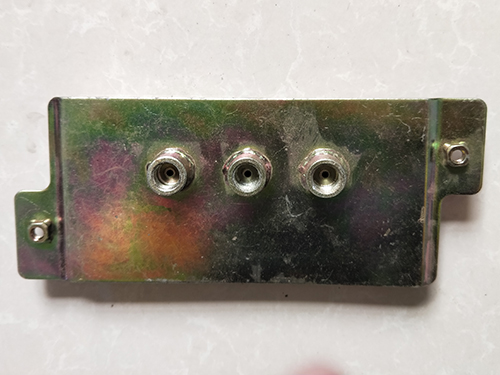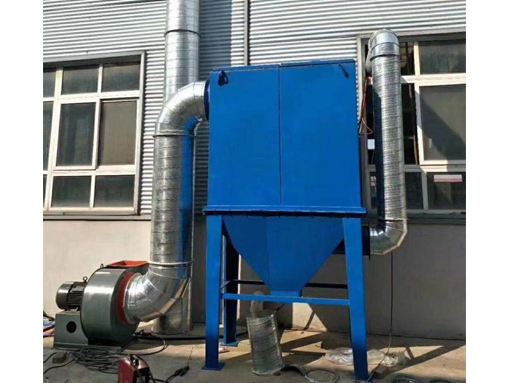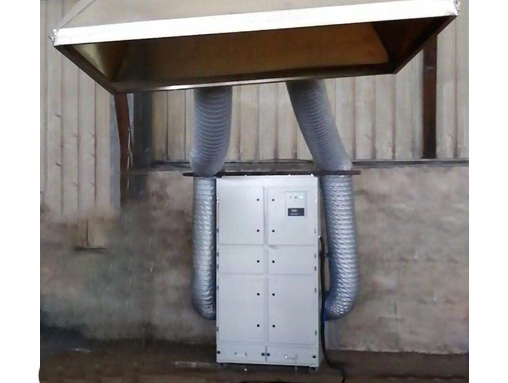How are stamped parts produced
The surface and intrinsic properties of the sheet metal used for stamping have a significant impact on the quality of the stamped product, requiring the stamping material to be thick and uniform; The surface is smooth, without scars, scratches, surface cracks, etc; Uniform yield strength without obvious directionality; High uniform elongation rate; Low yield to strength ratio; Low work hardening. Stamping is a production method that uses composite molds, especially multi station progressive molds, to complete multiple stamping processes on one press, achieving fully automatic production from strip unwinding, leveling, punching to forming and finishing. Production, good working conditions, low production costs, generally capable of producing hundreds of pieces per minute.
Stamping parts are mainly classified by process and can be divided into two categories: separation process and forming process. The separation process, also known as punching, aims to separate the stamped parts from the sheet metal along the contour line while meeting the quality requirements of the separated section. The purpose of the forming process is to cause plastic deformation of the sheet metal without breaking the billet, and to produce workpieces of the desired shape and size. In actual production, multiple processes are often integrated into one workpiece. Punching, bending, shearing, deep drawing, bulging, spinning, and straightening are several main stamping processes.







